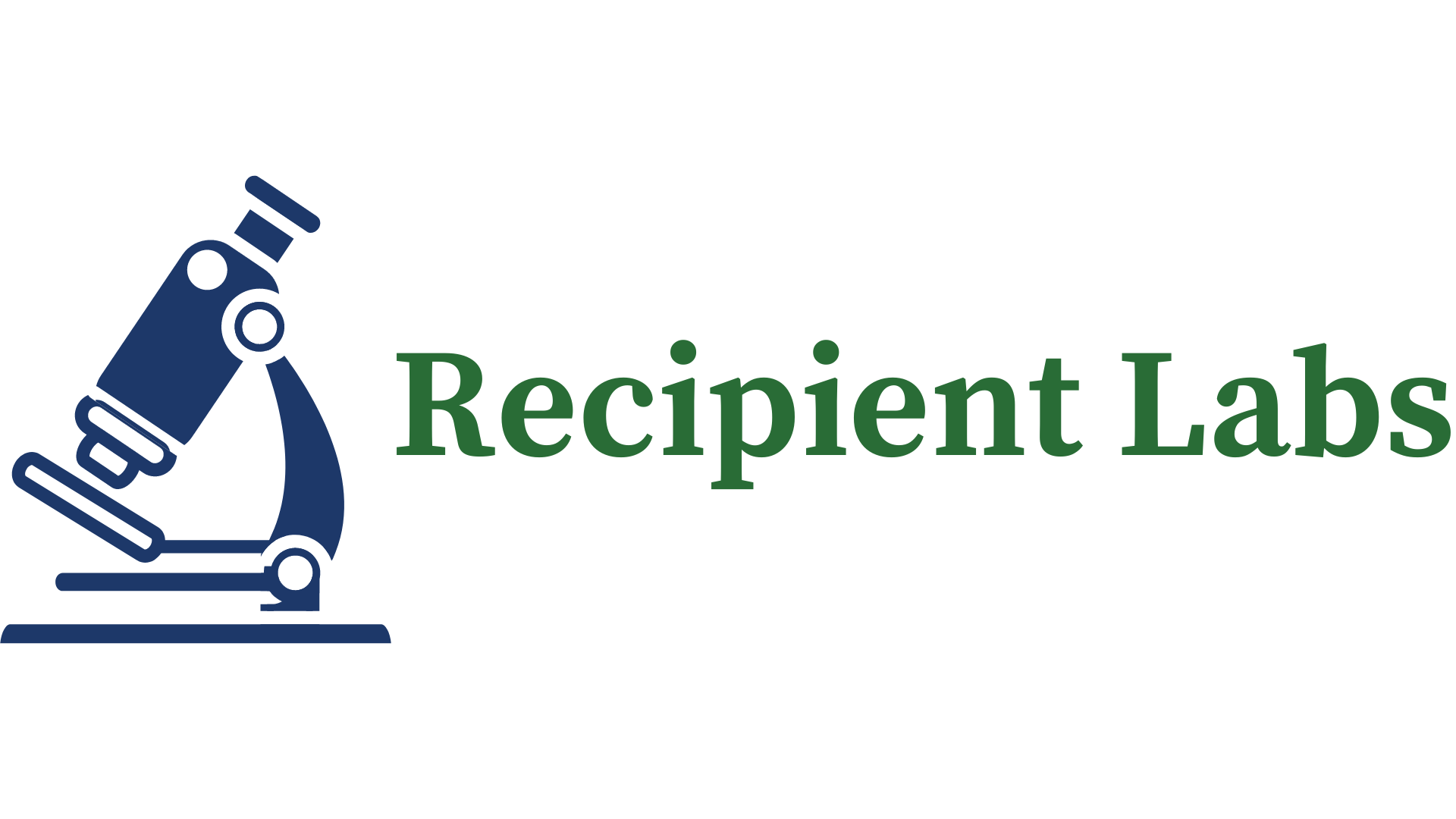For the past few days I’ve focused on operating within the world of constraints (“The relief of pain,” “All I want“), so today I’ll move on to something else and discuss one of the crucial drugs that needs to flow through your customer’s brain during your pitch (sorry to disappoint you, the drug I’m talking about is not illegal, it’s naturally manufactured by the human body).
But first, a story:
Years ago, I was hiking in the mountains with my friend Jeff. Jeff and I almost always hiked off-trail — map and compass stuff. Most of the time, that meant skirting pretty lakes and traipsing up fun hillsides. But it also meant other stuff, because sometimes there is a good reason there is no trail, like maybe humans shouldn’t be there.
One day, on of these off-trail adventures, Jeff and I were climbing a steep hill to the top of a ridge. Hand over fist, climbing rock faces and then hauling our packs up by rope, things like that.
Usually, since Jeff was much braver than me, he would take the lead on things like this and I would follow. But for some reason, that day I was leading. Unfortunately, the stress of knowing what would happen to me if I fell got to me, and after a while I needed to take a break (that’s polite-speak for “I was so overwhelmed, I was about to cry”).
I found a place to perch, hauled up my pack, and called down to Jeff, “I’m going to take a rest.”
At that point my pack tipped and fell over the edge. I watched in horror as it began bouncing its way down to the bottom of the ravine.
You know that scene in the movie “Wild” with Reese Witherspoon, where she stops to pull a bloody toenail off, and one of her shoes goes bouncing down the ravine? It was kind of like that. When I see that scene in the movie, I smile knowingly and think, “I know how that feels, and I also know that this moment will haunt you for the rest of your life.”
As I watched my pack bouncing its way to the bottom of the ravine, I wondered, for the first time ever, how much a rescue copter would cost. I didn’t want to be one of those losers I read about in the papers on Monday mornings, those guys who had to be rescued by helicopter from some tight spot over the weekend, but I knew I probably wouldn’t make it overnight without the contents of that pack.
I was at my wit’s end. I thought I had already pushed things as far as they could go, but this new development was taking me even further into the world of despair.
I grabbed a nearby branch for balance and started to cry.
Jeff saw what was happening and called up, “Don’t worry, we’ll figure it out.”
All it took was those few words of comfort, and the bridge to the future appeared. I wiped my eyes and moved on to crossing the bridge, starting with making a plan to retrieve my pack (“climb down, retrieve pack, climb back up”). But for a moment there, I had lost all hope. The increasingly thin thread that had been pulling me towards the future had snapped.
Your potential customer is going through the same thing. Maybe not losing his or her pack in the mountains, but something like it. They need a bridge between the world that was and the world that is about to be. That bridge is often extremely short, but they’re still afraid to step out onto it. You see people cross it every day, so to you, it doesn’t look like that big a deal. In your customer’s eyes, however, the end of the road has been reached, and they will not be crossing the bridge.
Oxytocin is what gets them to step out onto the bridge. Remember, oxytocin is the trust hormone. You need to flood your potential customer’s brain with oxytocin, because every customer, regardless of the project, is trying to gather the courage to cross the bridge, and compared to the land they are standing on now, that bridge looks pretty rickety.
The sale will go to the one who knows how to scaffold that bridge with oxytocin, and so, over the next few issues, we’ll be looking at ways you can build that oxytocin scaffolding.
